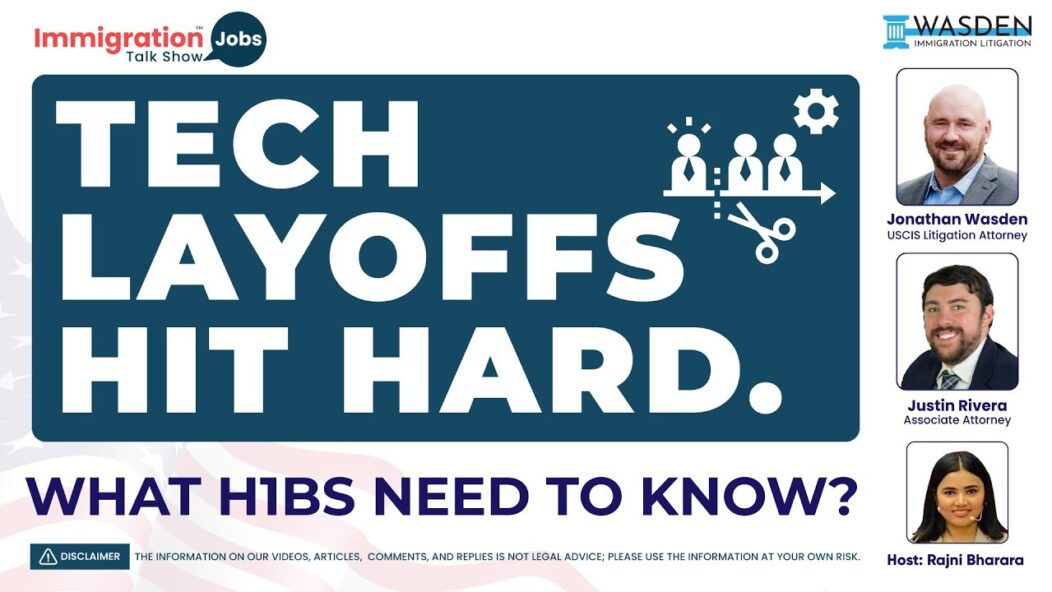The U.S. education system welcomes students from around the world through programs like SEVIS, which helps monitor and manage nonimmigrant students. However, understanding how to navigate the Student and Exchange Visitor Information System (SEVIS) is crucial for students to maintain their visa status and avoid potential issues. This article breaks down SEVIS, its role in the student visa process, and the importance of legal aid for students facing immigration complexities.
Key Takeaways
- SEVIS is a critical tool for managing international students and exchange visitors, ensuring their compliance with U.S. visa regulations.
- Students must adhere to strict timelines and requirements, such as obtaining and maintaining a valid Form I-20, to retain their legal status.
- SEVIS helps schools and government agencies monitor student progress, but any violations can lead to severe consequences, such as termination of visa status.
- Legal support is essential for students facing SEVIS issues, especially when dealing with status reinstatements or transfers between schools.
Context
SEVIS was established as part of the Illegal Immigration Reform and Immigrant Responsibility Act of 1996, and its importance became even more pronounced after the events of 9/11. The system was created to maintain real-time records of international students and exchange visitors to prevent visa violations and enhance national security. Over the years, SEVIS has evolved into a vital web-based system that connects the Department of Homeland Security, U.S. schools, and students to ensure legal compliance throughout a student’s stay in the U.S.
What is SEVIS and Why Does It Matter?
The Student and Exchange Visitor Information System (SEVIS) is a web-based platform that tracks F-1, M-1, and J-1 students and exchange visitors in the United States. Administered by the Student and Exchange Visitor Program (SEVP), SEVIS is designed to monitor student activities, from initial visa applications to school transfers, ensuring students comply with U.S. laws during their stay. Schools use SEVIS to update student information, while U.S. government agencies use the system to enforce visa compliance.
The Role of SEVP-Certified Schools
Only SEVP-certified schools are authorized to enroll F-1 and M-1 students. These schools play a vital role in the SEVIS process, as they issue Form I-20, which is required for students to apply for and maintain their visas. The designated school officials (DSOs) at these schools are responsible for ensuring that students’ SEVIS records are accurate and up-to-date, reporting on enrollment status, changes in study programs, and more. Failure to comply with these regulations can result in visa termination and deportation.
Maintaining Status and SEVIS Compliance
One of the most critical aspects for international students is maintaining their visa status. This includes maintaining a full course of study, adhering to deadlines for visa renewals, and ensuring that all SEVIS-related documentation is correct. Students must keep track of their Form I-20 and report any changes, such as address updates or school transfers, through SEVIS. A violation, such as unauthorized employment or dropping below a full course of study without prior authorization, could result in a SEVIS termination, requiring immediate corrective action.
Reinstatement and Transfers: Navigating SEVIS Hurdles
Students who fall out of status have options, including applying for reinstatement or transferring to another SEVP-certified school. The process can be complex, involving filing for reinstatement with U.S. Citizenship and Immigration Services (USCIS) or obtaining a new Form I-20. During this process, the role of legal aid becomes crucial, as students must ensure that they follow the correct procedures to avoid potential deportation.
Legal Aid and the Need for an Immigration Attorney
Navigating SEVIS is crucial for maintaining student visa status, yet it can be a complicated and stressful endeavor. From understanding visa requirements to ensuring timely submission of documentation, international students face numerous challenges. In situations where SEVIS records are terminated or when students face visa issues, having an immigration attorney becomes invaluable.
Immigration attorneys offer legal expertise in handling situations like visa reinstatements, compliance issues, and transfers between schools. They help students understand their rights, guide them through the complicated legal procedures, and ensure that no critical deadlines are missed. Whether dealing with a terminated SEVIS record or preparing for an interview with U.S. Citizenship and Immigration Services (USCIS), an immigration attorney can help students avoid costly mistakes that could lead to visa revocation or deportation. Attorneys also play a key role in resolving situations like unauthorized work or travel violations that might trigger SEVIS alerts.
Ultimately, the right legal guidance not only helps protect a student’s legal status but also provides peace of mind during their educational journey in the U.S., allowing them to focus on their studies without unnecessary distractions from legal uncertainties.
Legal representation ensures that students are fully compliant with U.S. immigration laws, enabling them to concentrate on their academic and professional goals without fear of legal repercussions.
Conclusion
SEVIS is an indispensable tool for both students and U.S. immigration authorities, ensuring that the U.S. remains a top destination for education while maintaining national security. However, navigating the complexities of SEVIS requires students to remain diligent and informed about their responsibilities. In cases where complications arise, seeking legal aid, especially from immigration attorneys, is often the best course of action to resolve status issues.
FAQs
- What happens if my SEVIS record is terminated?
If your SEVIS record is terminated, you must either apply for reinstatement, transfer to another school, or leave the U.S. immediately to avoid deportation. - How can I transfer between SEVP-certified schools?
To transfer, you must first be accepted by another SEVP-certified school. Your current school’s DSO will then transfer your SEVIS record to the new school, allowing you to maintain your visa status. - What is Form I-20, and why is it important?
Form I-20 is a document issued by SEVP-certified schools, which is required to apply for an F-1 or M-1 visa. It confirms that you are eligible to study in the U.S. and must be kept valid throughout your stay. - How can an immigration attorney help with SEVIS issues?
Immigration attorneys can assist in cases of SEVIS violations, reinstatements, or transfers by providing legal guidance and ensuring that all documentation is handled correctly to avoid further complications.
Contact Us
For more information or to schedule a consultation, visit our website at Wasden Law, Our experienced litigation attorneys are ready to fight for your rights and ensure your immigration journey is as smooth as possible.
🔍 Have questions or need advice? Drop a comment below! Our team is here to help. 🗣️💬
✉️ Connect with us for personalized guidance and support. Let’s navigate your immigration journey together. 🌐📩
💡 Curious about your specific case? Ask us in the comments and get expert advice tailored to your needs. 🧑⚖️📝
Disclaimer:
The information provided in this article is for general informational purposes only and does not constitute legal advice. While we strive to ensure the content is accurate and up-to-date, it is not a substitute for professional legal consultation. Immigration laws and regulations are subject to change, and their application can vary based on specific circumstances. We recommend scheduling a consultation with us to obtain advice tailored to your individual situation. The authors and publishers of this article are not responsible for any actions taken based on the information provided herein.
How useful was this post?
Click on a star to rate it!









